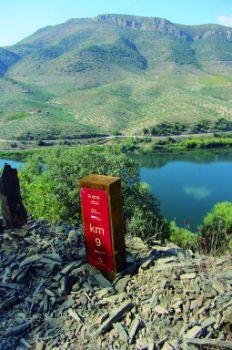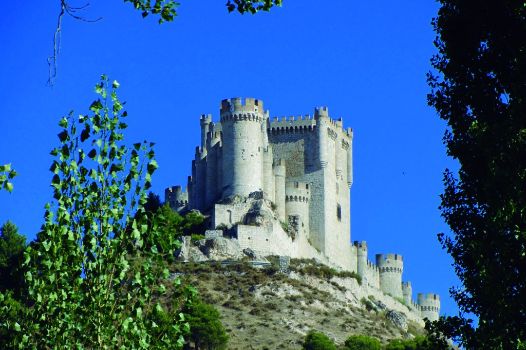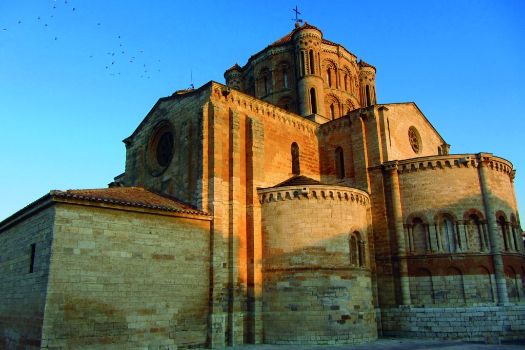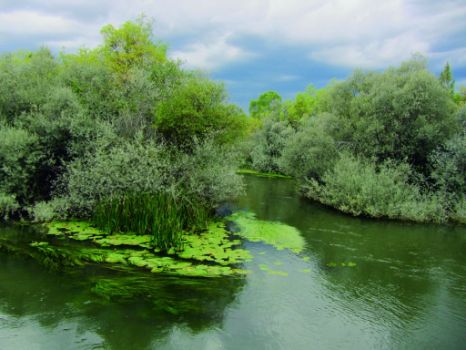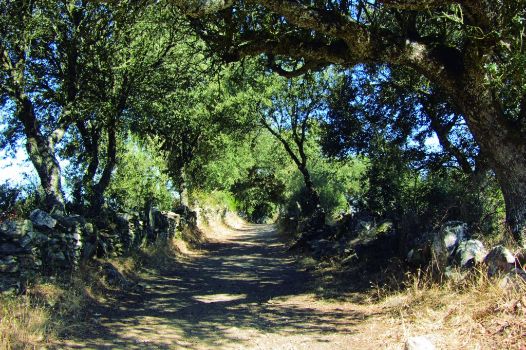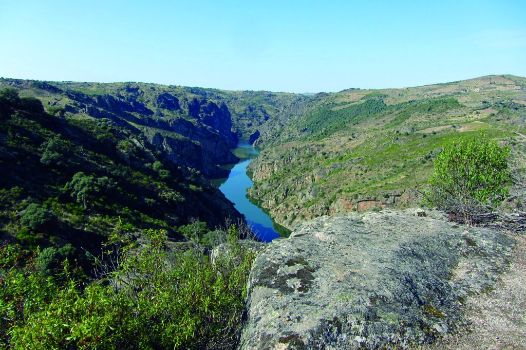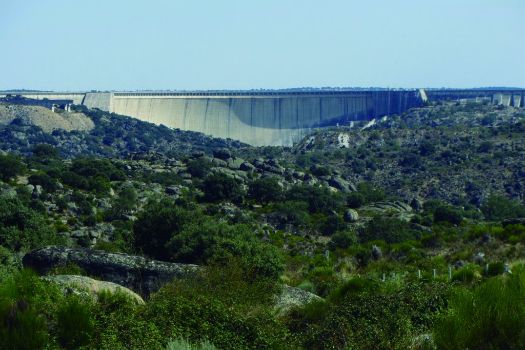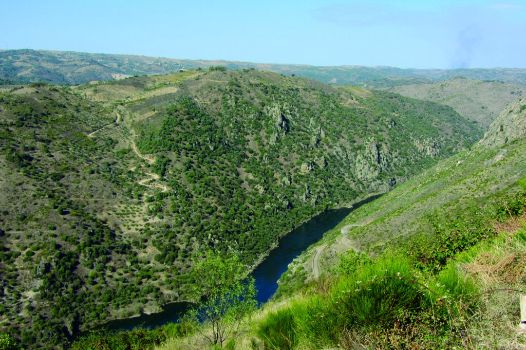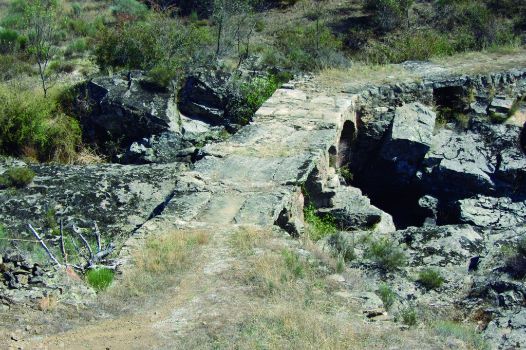Net of Natural
Trails

Senda del Duero Nature Trail
Description
select a stage:
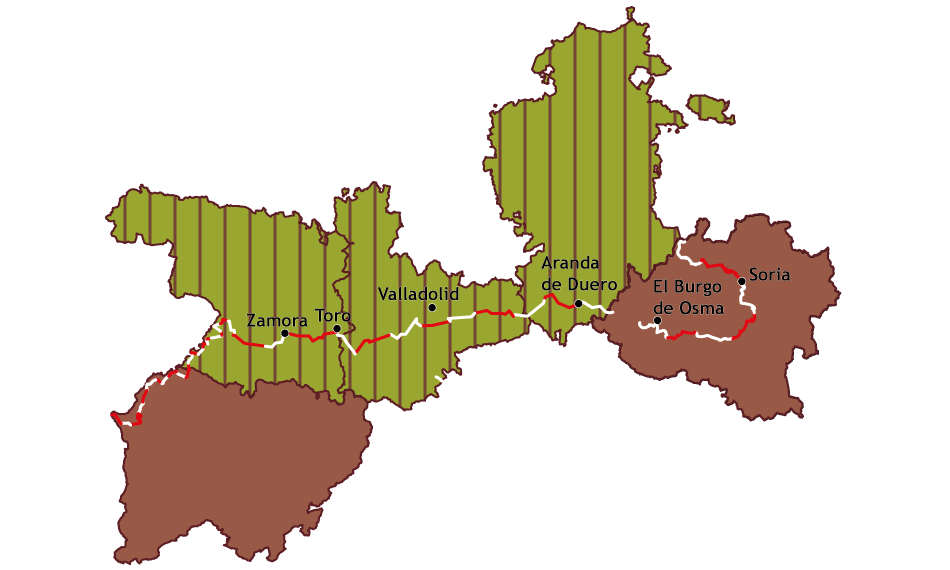
From its headwater in Sierra de Urbión to Vega Terrón, at the Portuguese border, the Senda del Duero runs for more than 750 kilometres, through different landscapes -pine forests in the mountains, juniper woodlands and vineyards along the Douro river, irrigated and dry farmlands of Tierra de Campos, and oak and olive groves in Los Arribes del Duero.
The route, divided into 41 stages (excluding stage 8) of varying length and difficulty, runs mainly through the Castilian-Leonese plateau, venturing into its rich historical and cultural heritage to discover its most representative architecture and ethnography, customs, festivals and traditions.
The Nature Trail begins in Soria, where mountain pastures and stacks of stones give way to pine forests and fields of cereals. This area of the River Douro is a mosaic of farms, pine, oak, poplar and gallery forests. The landscape moves from junipers and oak groves to almond trees and vineyards, typical of the rivers in Burgos, and so it goes until Valladolid, in the company of stone pine forests. Once in Zamora, the route ventures into the fertile plain of the River Douro, where irrigated farmlands give way to dry croplands, meadows with oak trees, grasslands and rocky outcrops as it heads towards the peneplain of Santiago de Compostela. In this county, the Douro and its tributaries run between steep granite slopes of spectacular beauty like the "arribes". This diverse geography creates a variety of habitats ranging from grassland-forest mosaic of crops, Scotch broom, cork oaks and holm oaks in the peneplain, to the microclimate of the lower reaches of the river, where there is a diversity of riparian vegetation, such willow and ash groves and hackberry patches, as well as fruit-bearing, olive and almond trees.
The great diversity of ecosystems and habitats along the Senda del Duero becomes apparent in the different and unique natural areas through which it traverses: Sierras de Urbión, Robledales del Berrún, the riverbanks of the Douro and its tributaries, Riberas de Castronuño Nature Reserve, Cañones del Duero and Arribes del Duero Nature Park. In addition to these spaces, which are protected under different denominations, there are other areas of interest, like the flora near Mieza.
The Nature Trail not only traverses through these natural areas, but also through Castilian towns of great historic and cultural importance, including Vinuesa, Soria, Almazán, Gormaz, Aranda de Duero, Peñafiel, Tudela de Duero, Simancas, Tordesillas, Toro or Zamora, and smaller villages and hamlets that bring the customs and traditions of central Iberia to the visitor.
Throughout the trip, the route crosses medieval bridges, and explores shrines, churches, water mills, weirs, dams and traditional architecture. It intersects with other historical roads and paths like the Way of Saint James or the Roman road of Mirandesa, and ventures into various archaeological sites such as Pintia archaeological site, Pontón operations and Castro de Peña Redonda.



